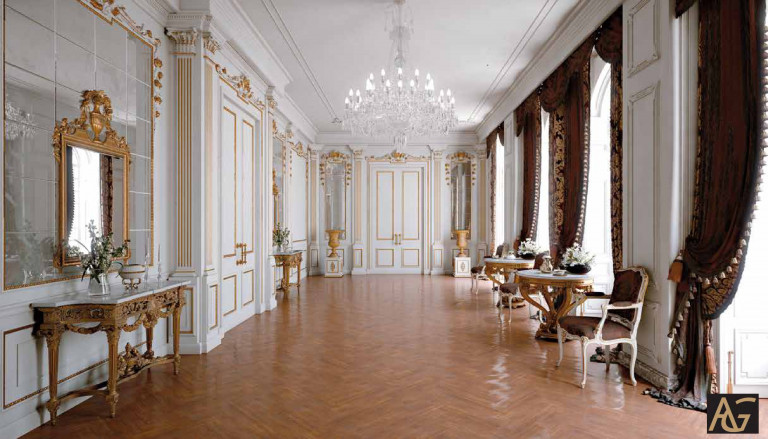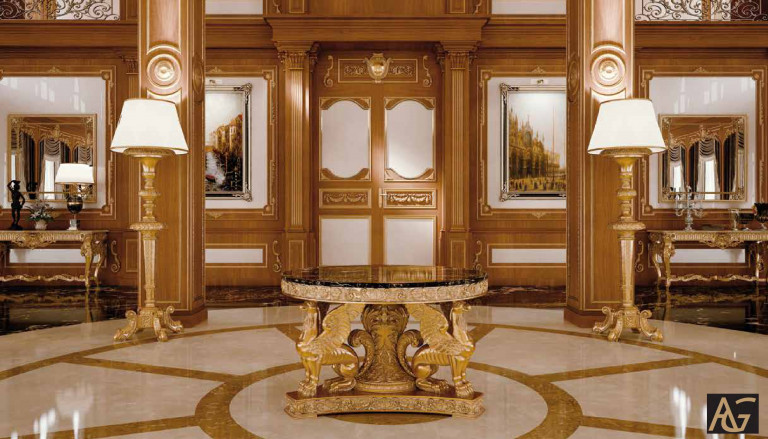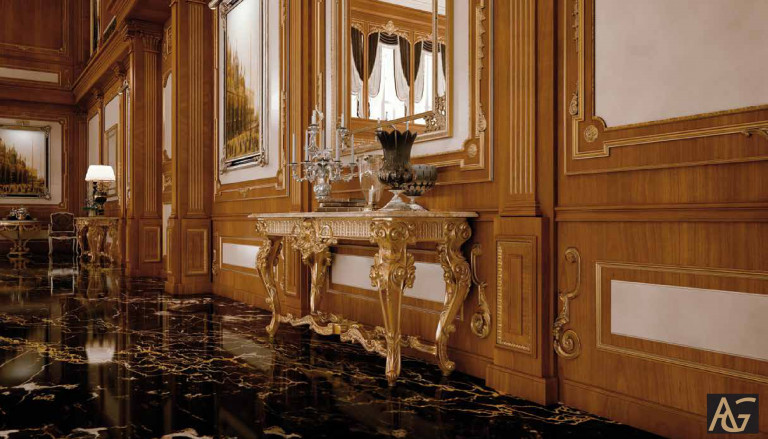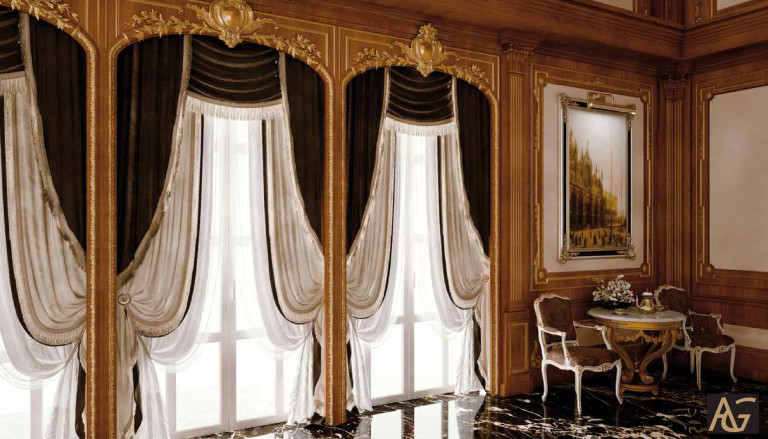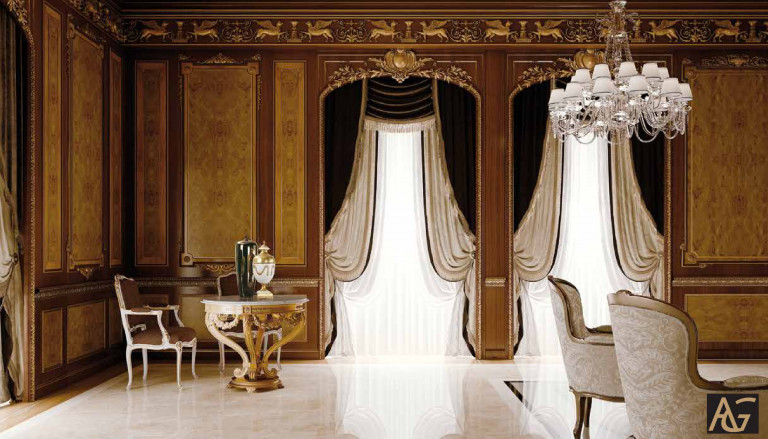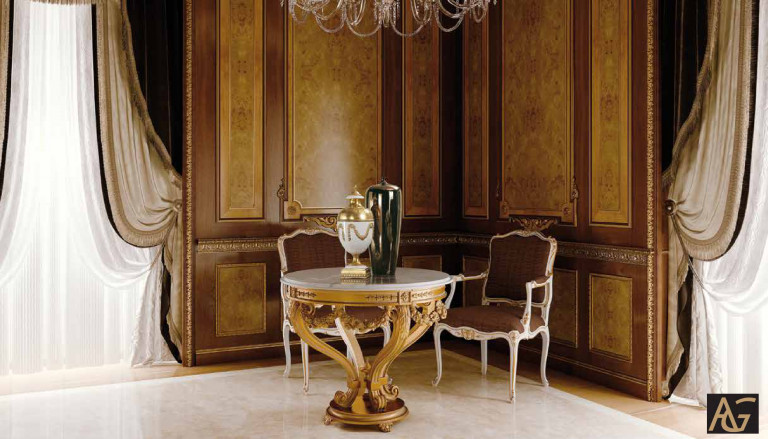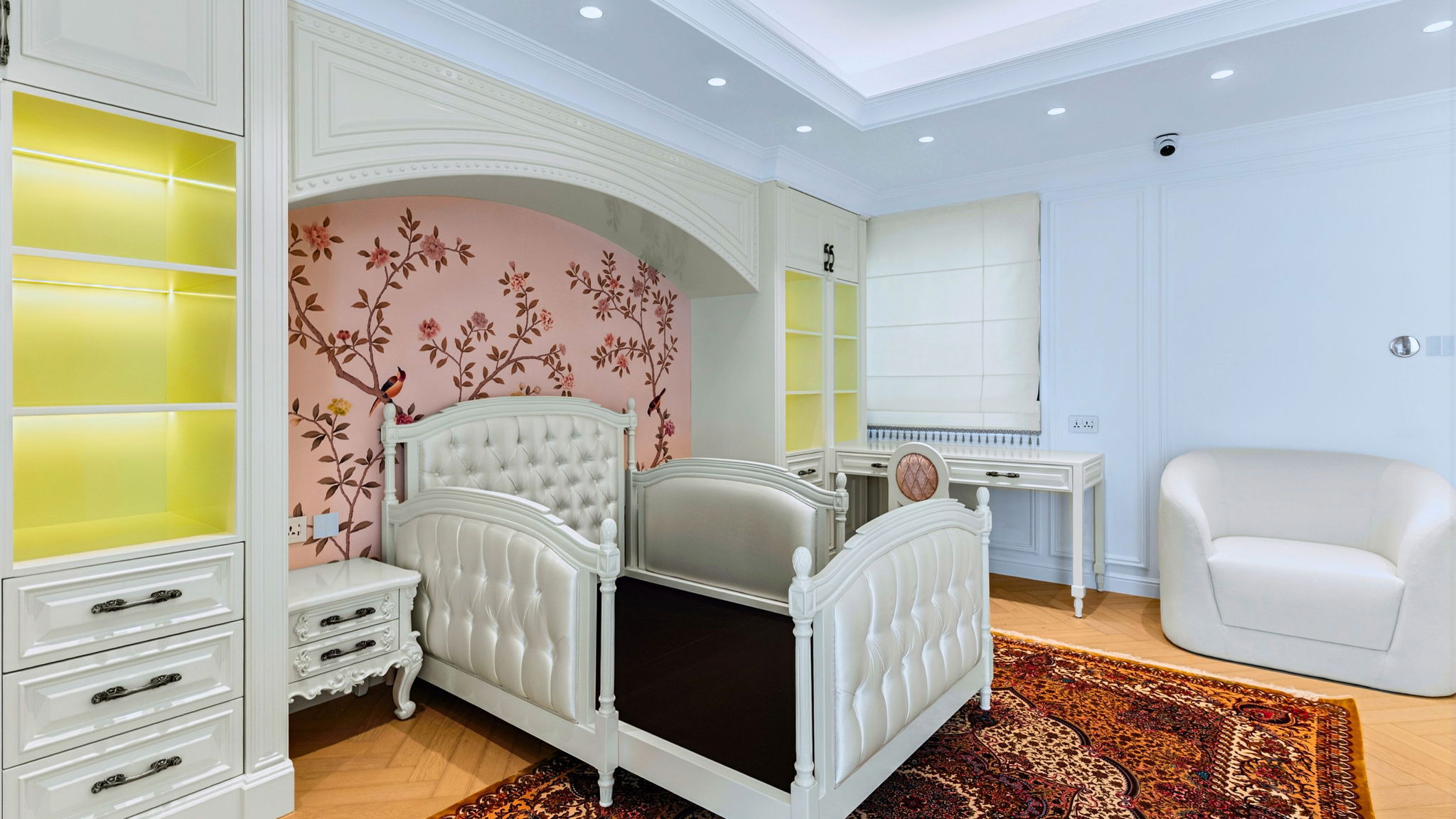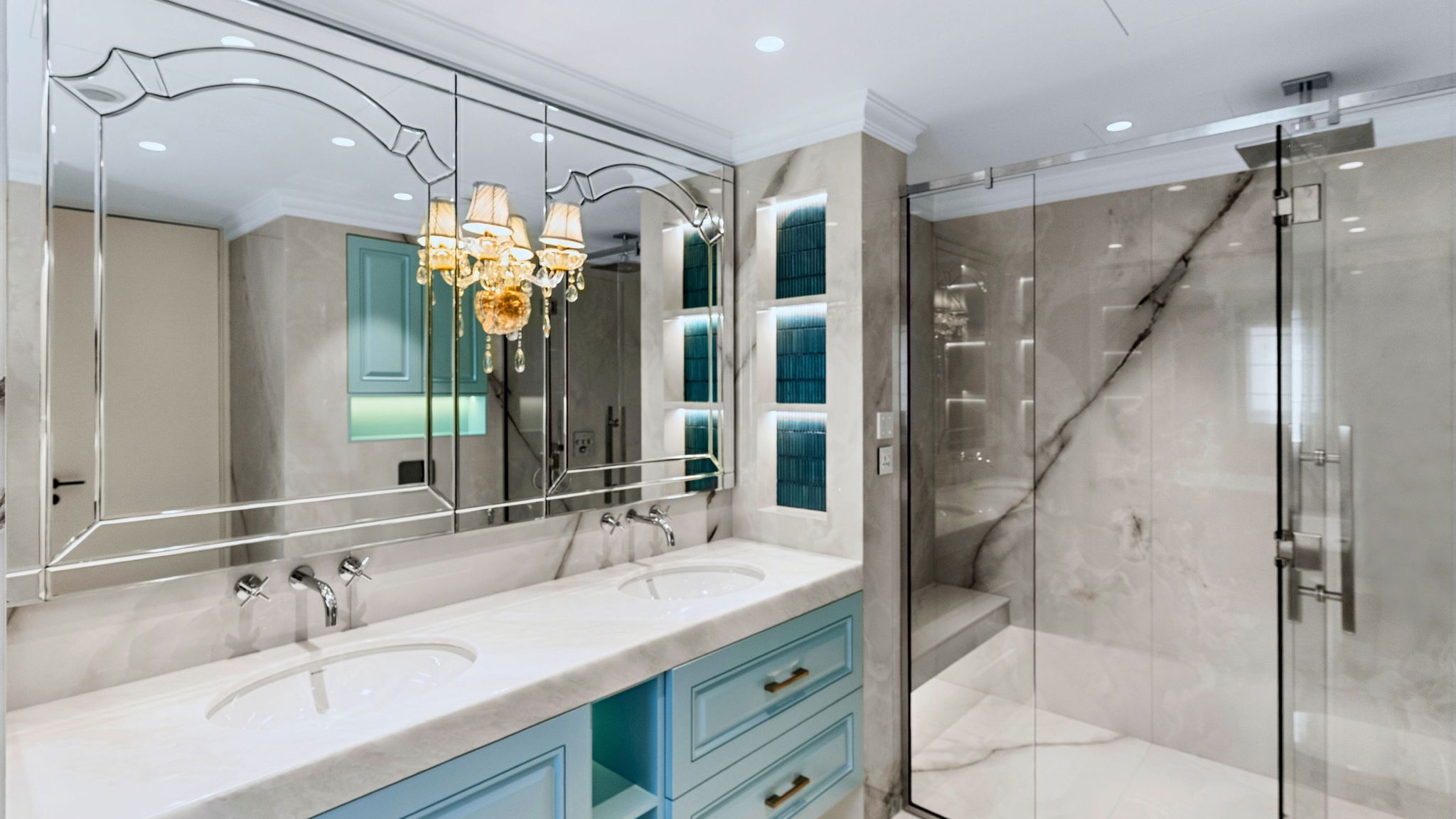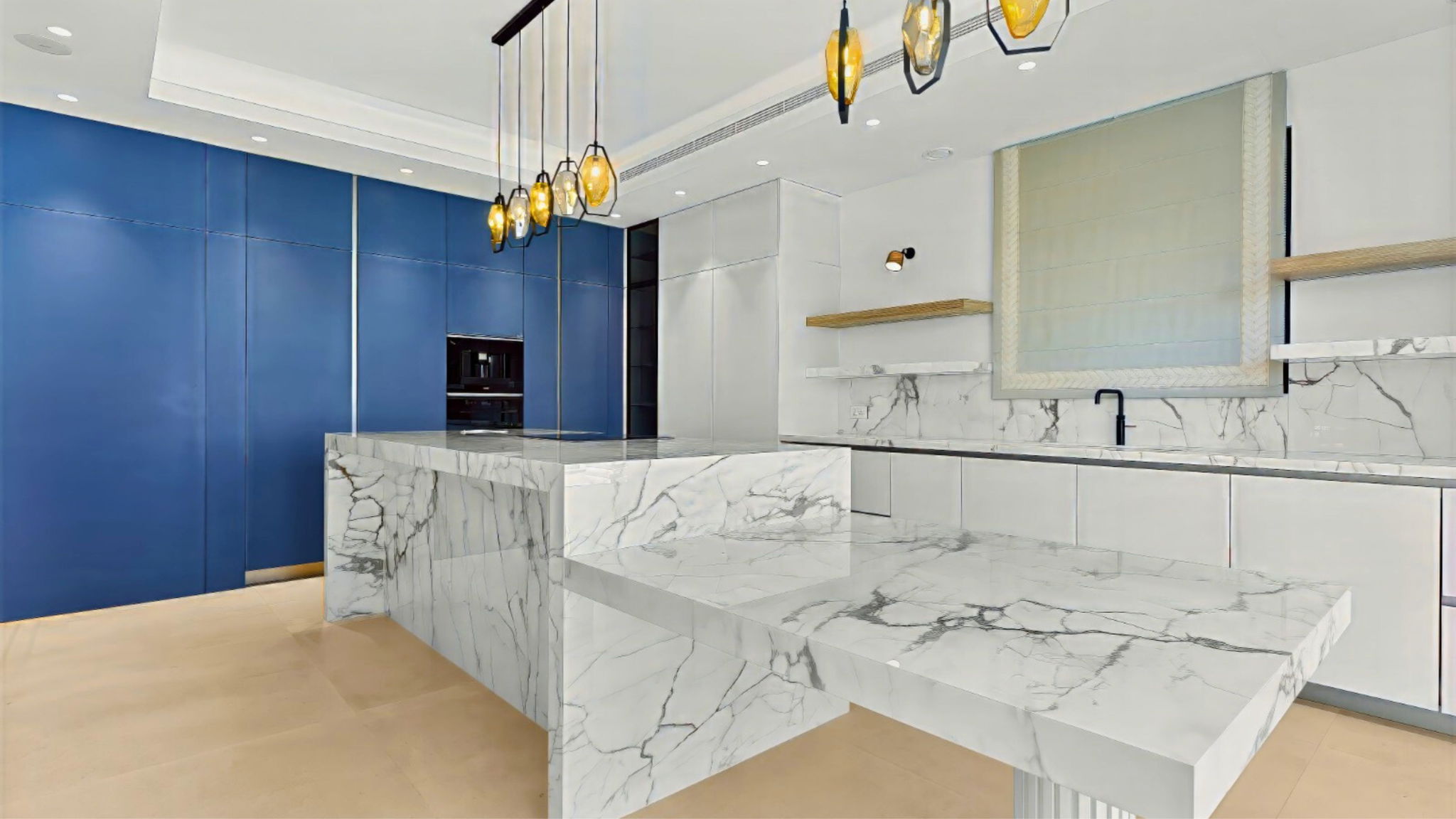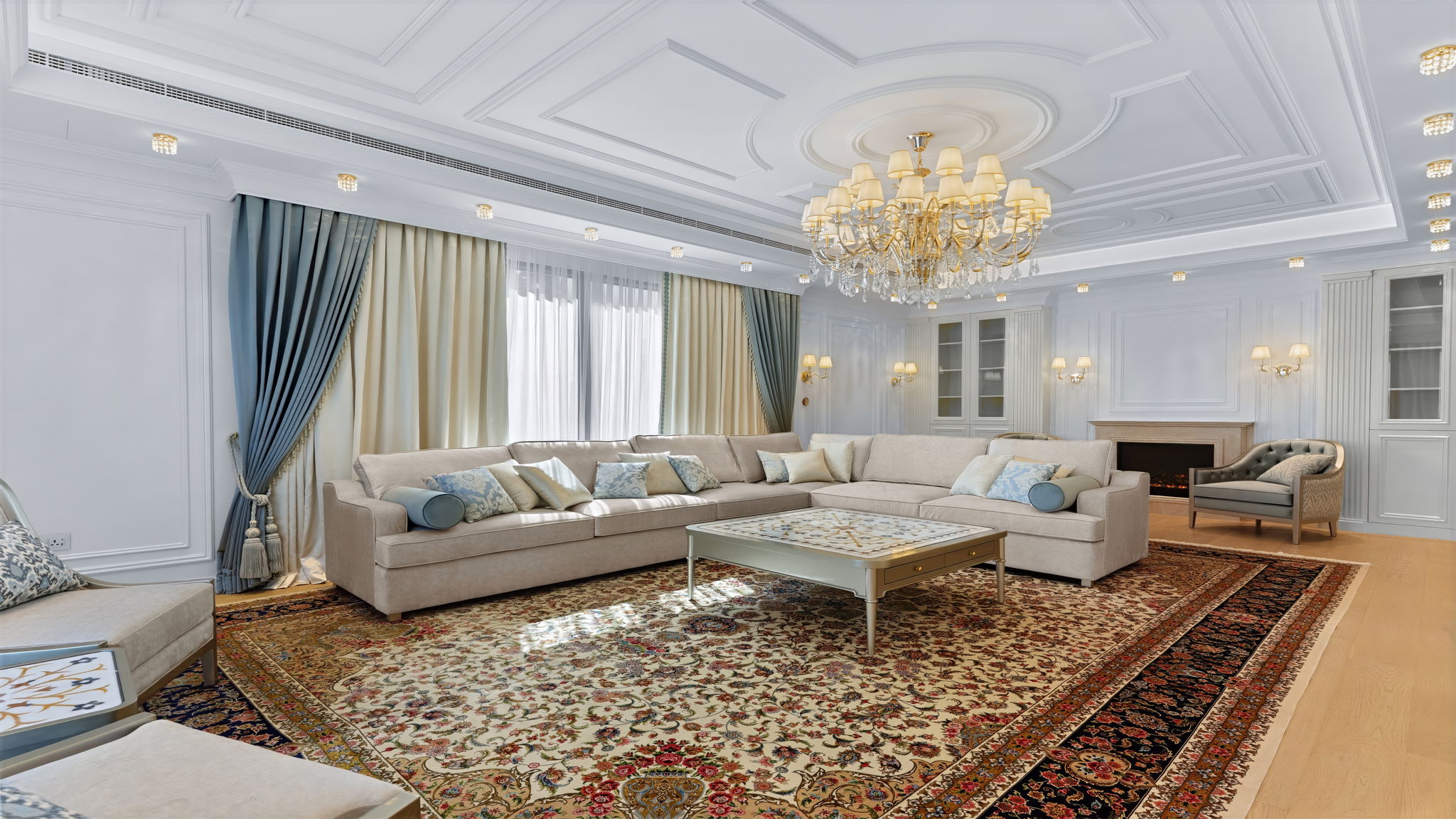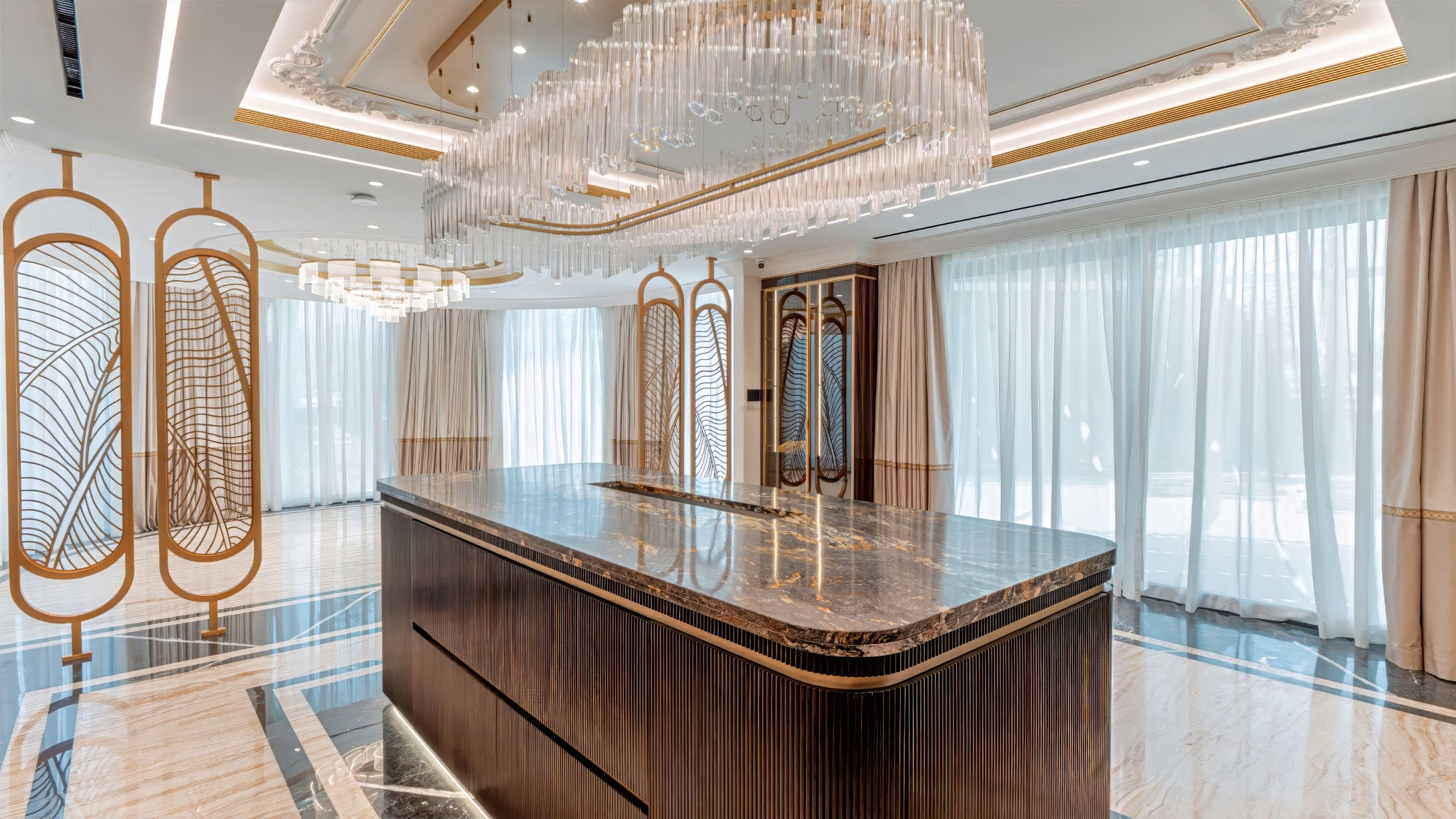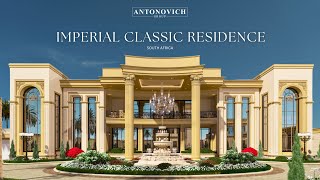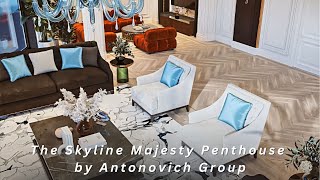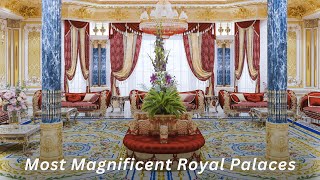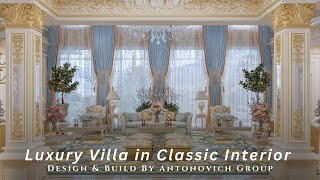LUXURY CLASSIC interior design BASICS
The magnificence and complexity seen in European architectural designs, namely the Classical Style, are among the interesting aspects of European culture. Have you ever wondered where they get their ideas? What is the purpose of this technique? Well, it's believed to have started in the 17th century and is greatly influenced by Roman and Greek styles. The characteristics of classicism include rigidity, clarity, and simplicity. These days, it is a technique favored by those who have a keen eye for creative and cultural designs and are not persuaded by mainstream trends. Many motifs trace back to Italian classical details that shaped the movement.
As the name indicates, classicism, a veneration for the ancient era and its aesthetics, and the Western classical tradition have a significant effect on classical interior design. The classical style's architecture, art, and design were all based on the Vitruvian proportions (those da Vinci championed), which produced a formally aesthetically attractive beauty. Urns, laurel wreaths, marble (busts, fireplaces, statues, etc.), dentil molding, columns, swags in both drapery and ornamental motifs, architectural nods (broken pediments, domes, friezes, and cornering), and murals are further essential elements of the classic interior design style. Greek and Roman interior design are both included in classical interior design. Choose period-appropriate lighting from the ILLUMINAZIONE D'ARTE catalog to complete authentic rooms.
Essentially, flawless harmony, balance, and order are the focus of this design. Giving your rooms a classical appearance entails moving them far closer to the earlier era when styles like Rococo, Victorian, and many others were popular. Classical interior design has a distinct air and is a timeless aesthetic. Here are some traditional interior design ideas that can undoubtedly aid you with your interior décor if you prefer to decorate your home in a more traditional fashion. For broader guidance on decorating upscale homes, consult the luxury home decorating guide.
The main components of classical interior design are order, symmetry, and balance. Be careful to balance any mirrors in a room that has at least one with another. And remember to carry over certain aspects from one area to another. Asymmetry will result if you decorate each room in a different manner all at once. One of the focus points can be a huge mirror, any wooden statue, a lovely piece of wooden art, or a lovely wooden table. When you create a focal point, keep in mind that the other items in the space should complement it. For instance, a focal point fireplace can be surrounded by identical couches on either side, with an elaborate mirror above. If you need layout ideas, review practical two-bedroom floor plans for balance tips in smaller homes.
One of the focus points can be a huge mirror, any wooden statue, a lovely piece of wooden art, or a lovely wooden table. When you create a focal point, keep in mind that the other items in the space should complement it. You may give your room a traditional appearance by placing a focal fireplace, matching armchairs on either side, and an elegant mirror above. Colors frequently used in traditional interior design are mostly drawn from nature. Colors of terracotta, grey, pink, and even some softer subdued colors like those are in style, as well as other shades of yellow, blue, green, and brown. If you want to use whites, use dazzling white for a modern sense rather than off-white if you want a more authentically classical appearance; this approach can blend with a modern apartment interior when executed carefully.
Classic interior design itself is elegant. Remember that traditional fabrics aren't extremely intricate or attention-getting while choosing them. In traditional interior design, the main materials utilized are velvet, canvas, and cotton. You may complete it with flooring made of wood, stone, or marble that complements the traditional setting. For bathroom finishes and marble ideas, see curated luxury bathroom ideas Dubai and match materials accordingly.
When selecting furniture and upholstery, prioritize proportion and scale: low-profile modern pieces can clash with heavy classical ornamentation. Instead, choose sofas and armchairs with classic silhouettes, and source accents from reputable suppliers—compare luxury furniture deals to find pieces that match the era. For villa-scale projects, consider curated Dubai villa furniture that complements classical settings.



